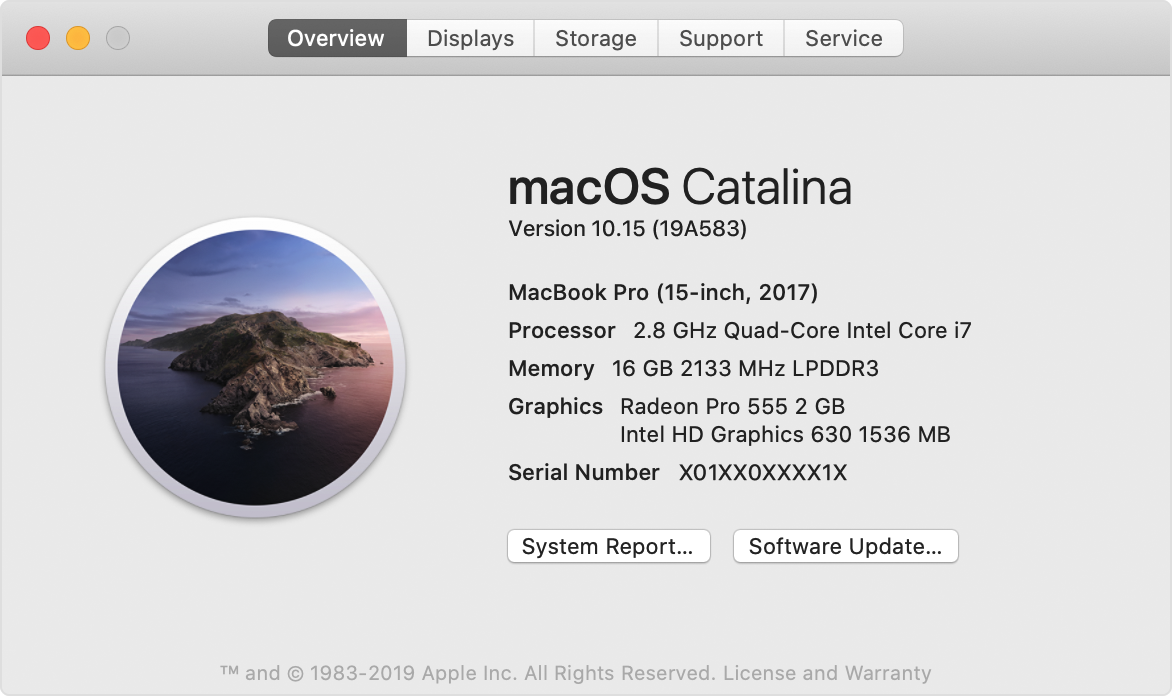Overview
Below you will find instructions showing how to find the OS (Operating System) of a device. You may need to find the OS version of your device to and aid in identifying your device for troubleshooting purposes.
On this page:
Critical Concepts
- The OS, which stands for Operating System, is the most important software that runs on a computer
- It manages the computer's memory and processes, as well as all of its software and hardware
- Every device has an OS; without one, you would not be able to interact with your computer
Steps to Take
Computers
Windows
To find your Windows version, press the Windows logo key + R, then type "winver" in the "Open:" box, then click "OK". This will show you your Windows version and build.
If you're running Windows 11 or 10, to learn more, press the Windows logo key, then start typing "About", and select "About your PC". This will show, among other things, whether you are running 32-bit or 64-bit Windows.
If you're running Windows 8 or 8.1, follow these steps to learn more:
- If you're using a touch device, swipe in from the right edge of the screen, tap Settings, and then tap Change PC settings. Continue to step 3.
- If you're using a mouse, point to the lower-right corner of the screen, move the mouse pointer up, click Settings, and then click Change PC settings.
- Select PC and devices > PC info.
- Under Windows you'll see which edition and version of Windows your device is running.
- Under PC > System type you'll see if you're running a 32-bit or 64-bit version of Windows.
If you're running Windows 7, follow these steps to learn more:
- Select the Start button, type Computer in the search box, right-click on Computer, and then select Properties.
- Under Windows edition, you'll see the version and edition of Windows that your device is running.
Mac
From the Apple icon menu in the top left corner of your screen, choose About This Mac. You should see the macOS name, such as macOS Mojave, followed by its version number. If you need to know the build number as well, click the version number to see it.

Linux/Unix
- Open your terminal application (if this is a remote server, remote in with
ssh user@server-name) - Type
uname -rto find your Linux kernel version - Type
cat /etc/os-releaseto view your distribution name and version
Sample Output from cat /etc/os-release:
NAME="Ubuntu" VERSION="17.10 (Artful Aardvark)" ID=ubuntu ID_LIKE=debian PRETTY_NAME="Ubuntu 17.10" VERSION_ID="17.10" HOME_URL="https://www.ubuntu.com/" SUPPORT_URL="https://help.ubuntu.com/" BUG_REPORT_URL="https://bugs.launchpad.net/ubuntu/" PRIVACY_POLICY_URL="https://www.ubuntu.com/legal/terms-and-policies/privacy-policy" VERSION_CODENAME=artful UBUNTU_CODENAME=artful
Chromebook
- Click on the clock in the lower right corner of your screen
- Select the Settings icon (the gear in the upper row of the pop-up window)
- Find "About Chrome OS" on the bottom of the left-hand menu and select it
Mobile Devices
iPhone/iPad (iOS)
- Select Settings from your home screen
- Go to General > About
- Scan down the screen until you see the Version line, which tells you both the version of iOS and the build number.
Android
Settings menus can vary across different Android devices. For the majority of cases, these steps should work:
-
- Open your device's Settings.
- Tap About Phone or About Device.
- Tap Android Version to display your version information.
If you still have questions or need additional assistance, please contact the ITS Service Desk. You can call us at (858) 246-4357, email us at support@ucsd.edu, or submit a ticket at support.ucsd.edu.